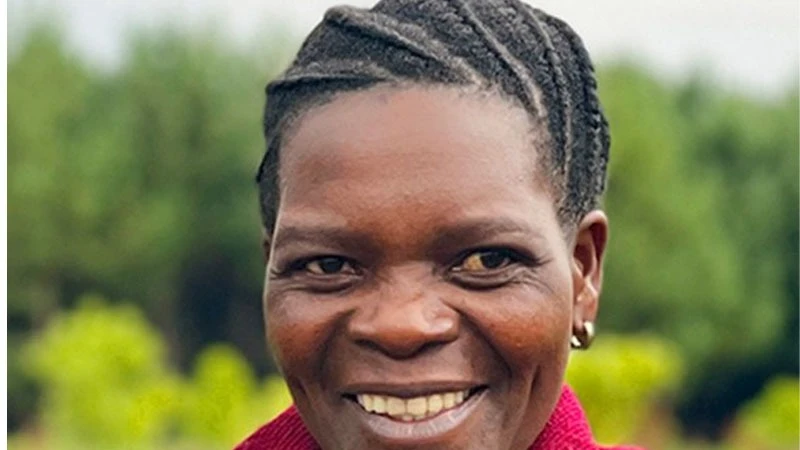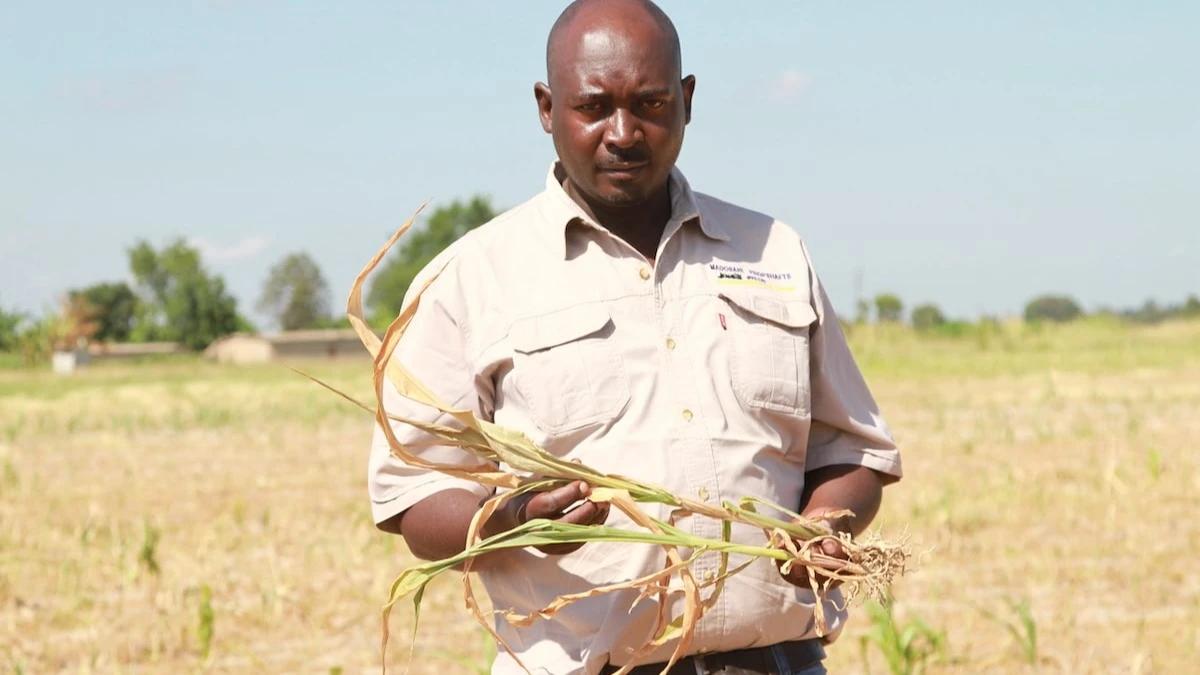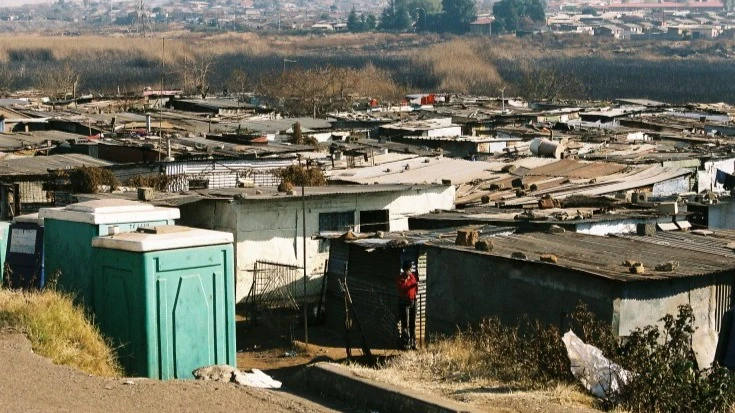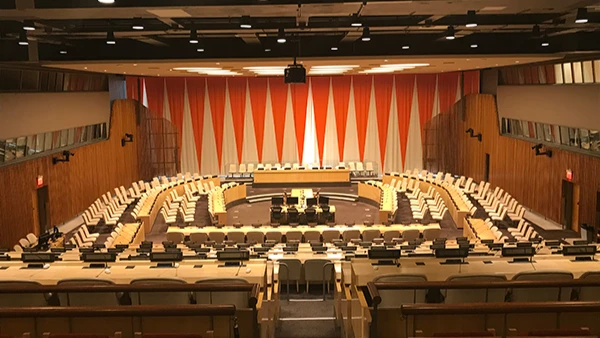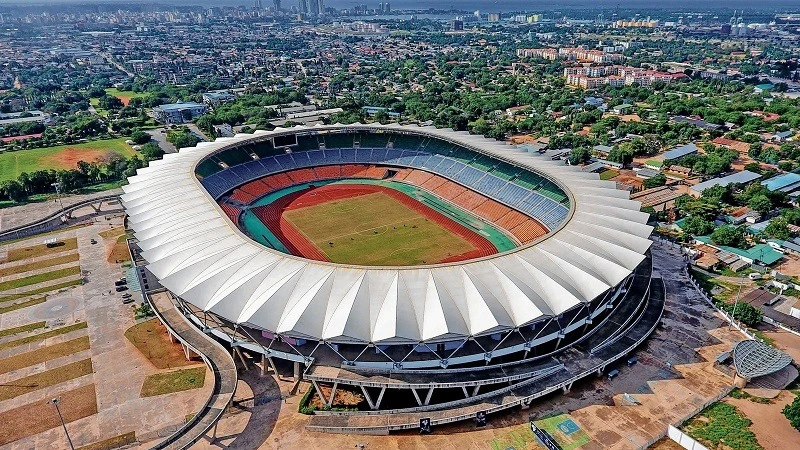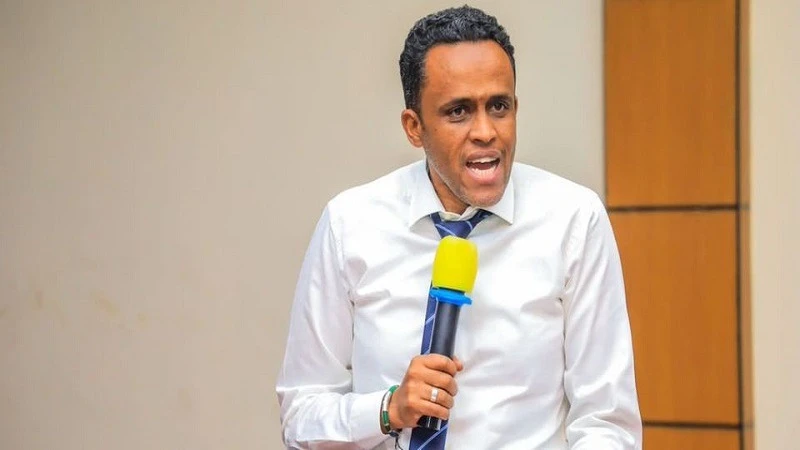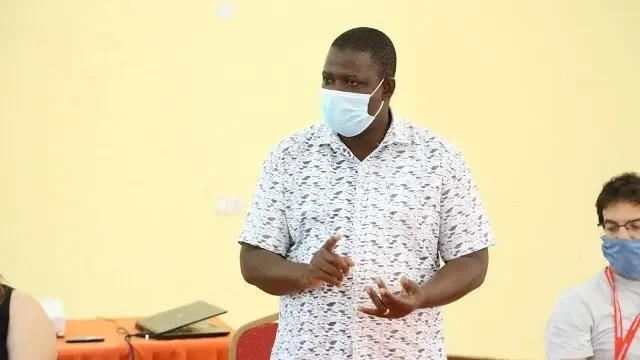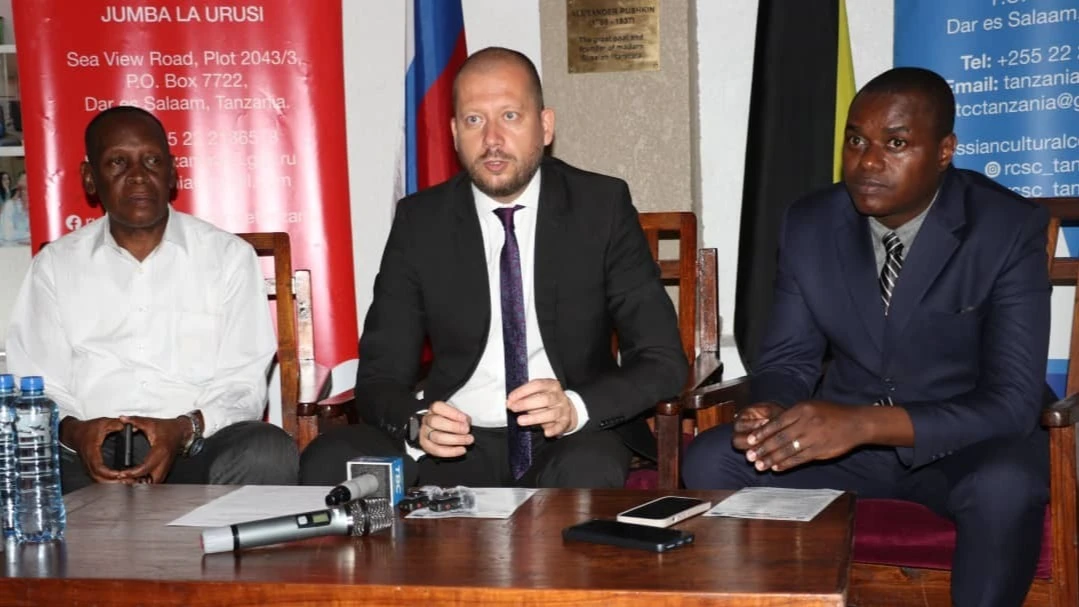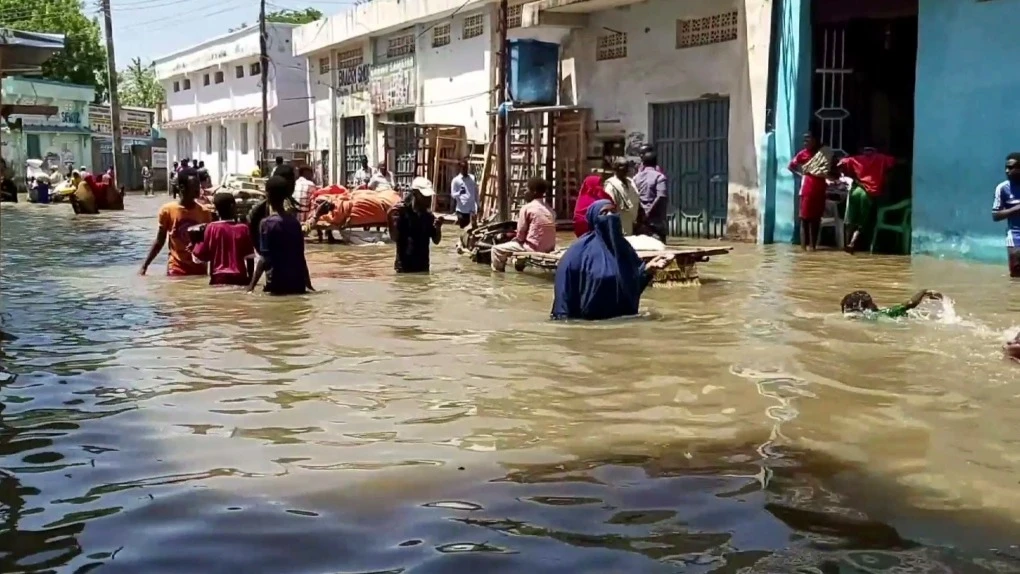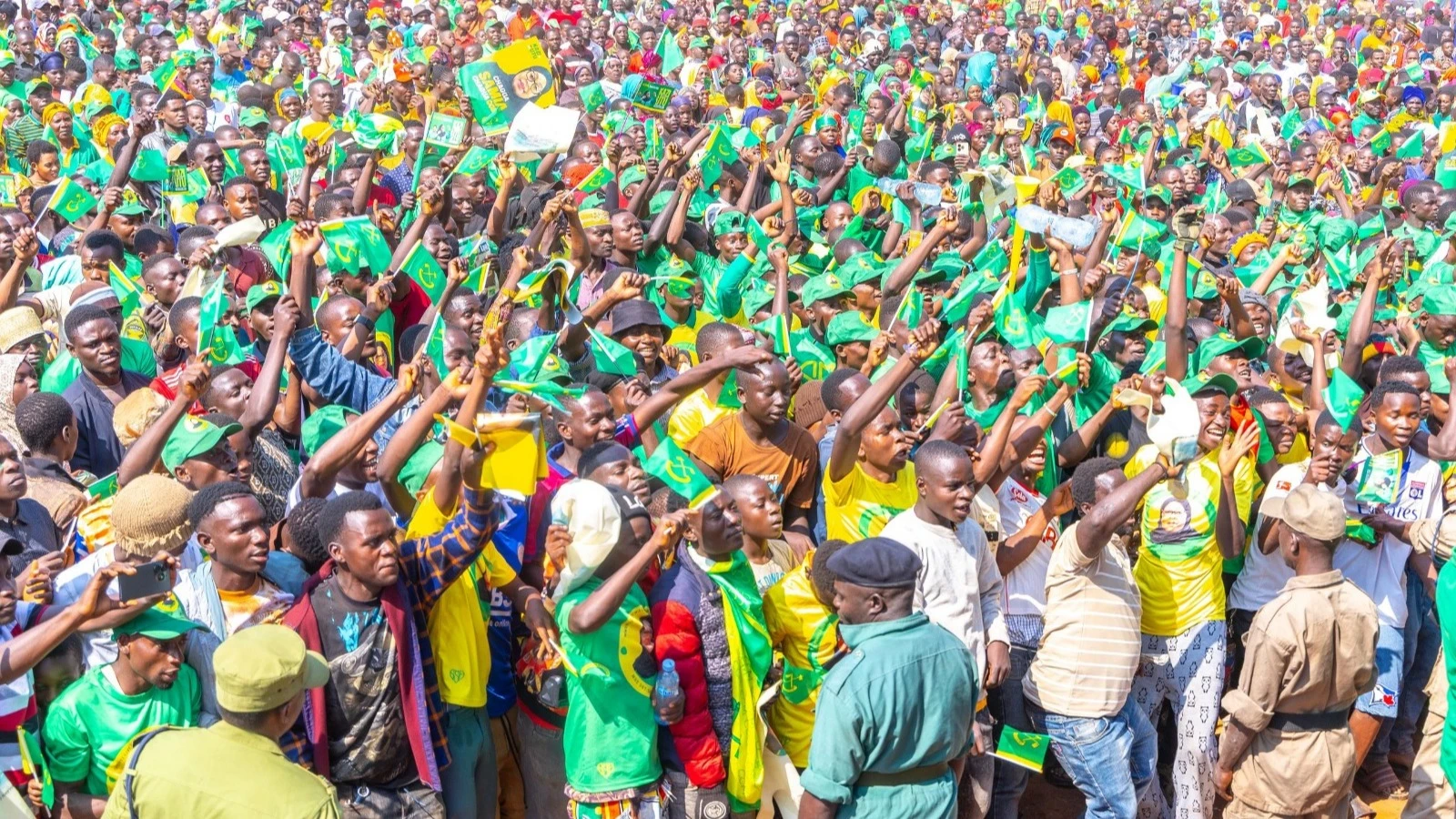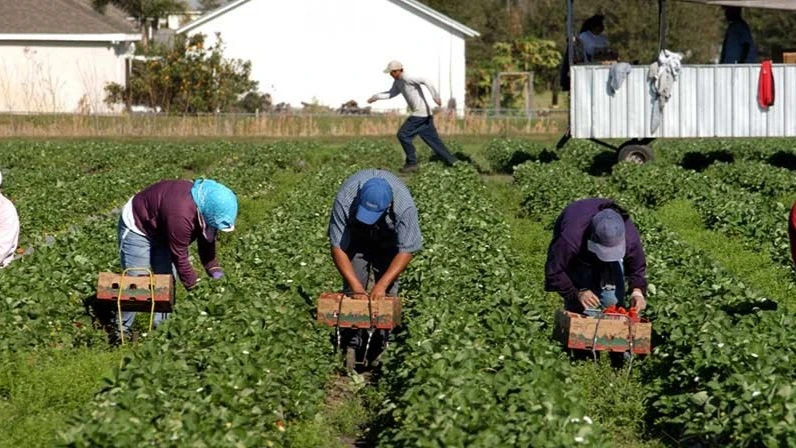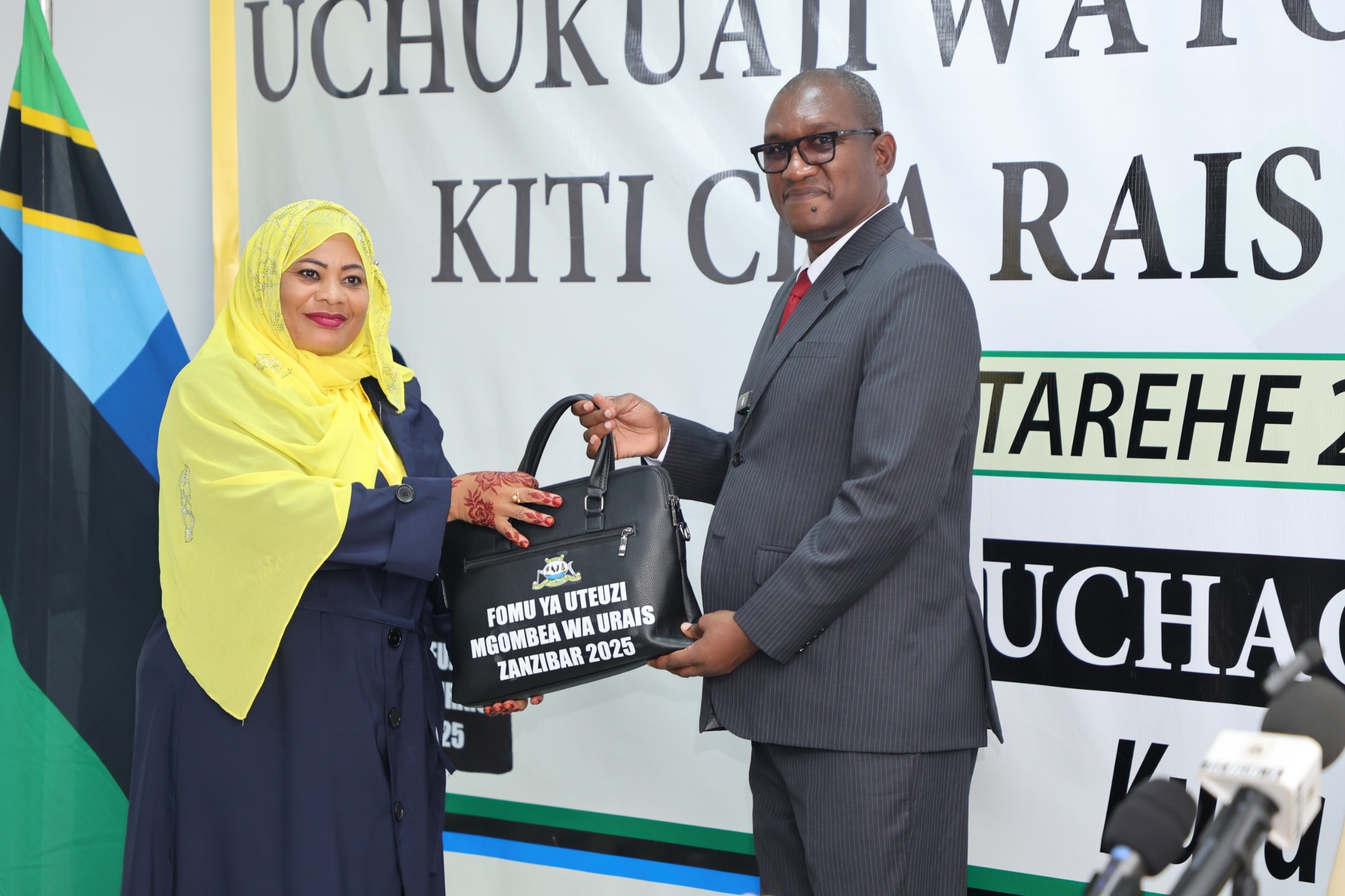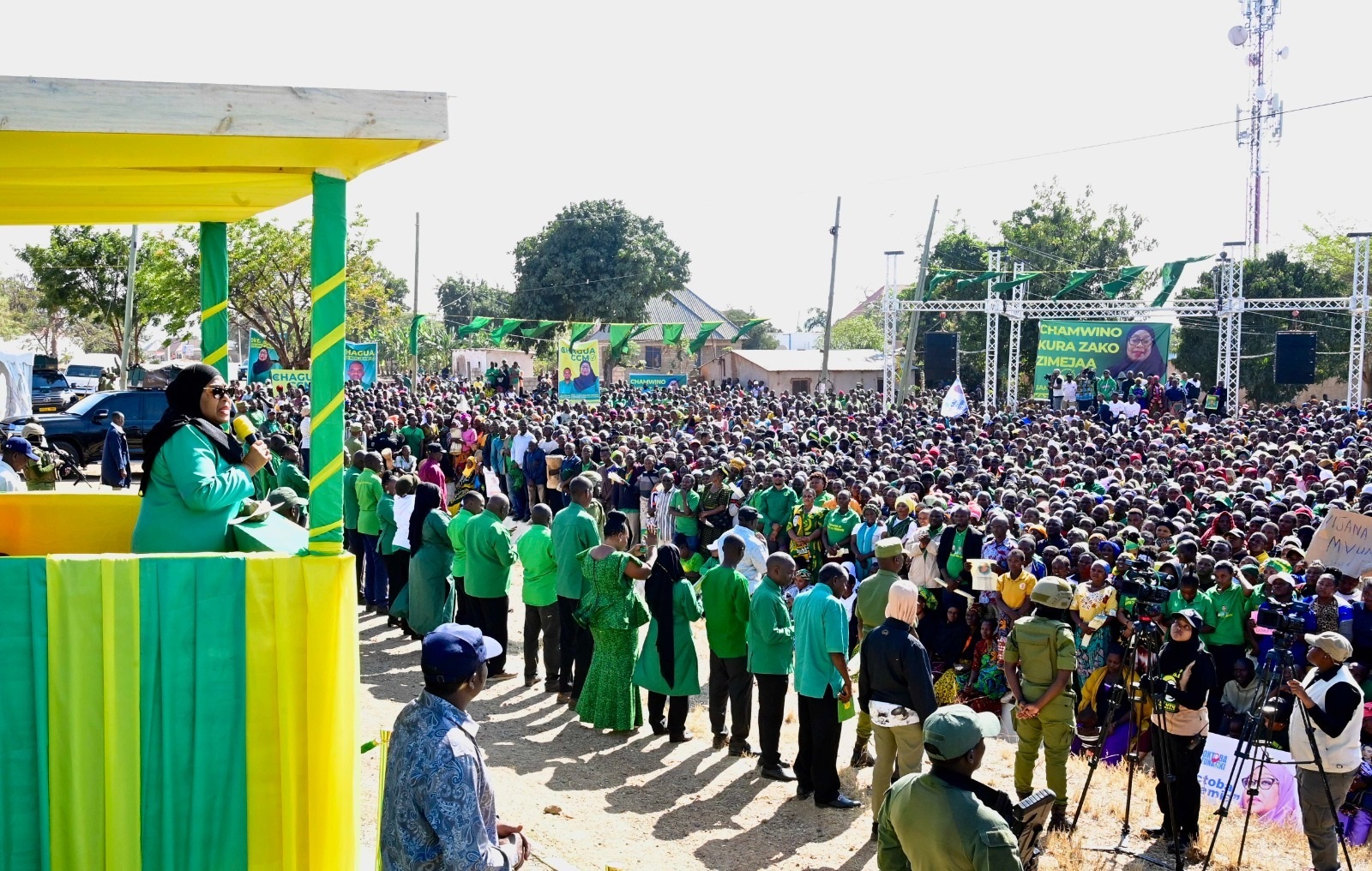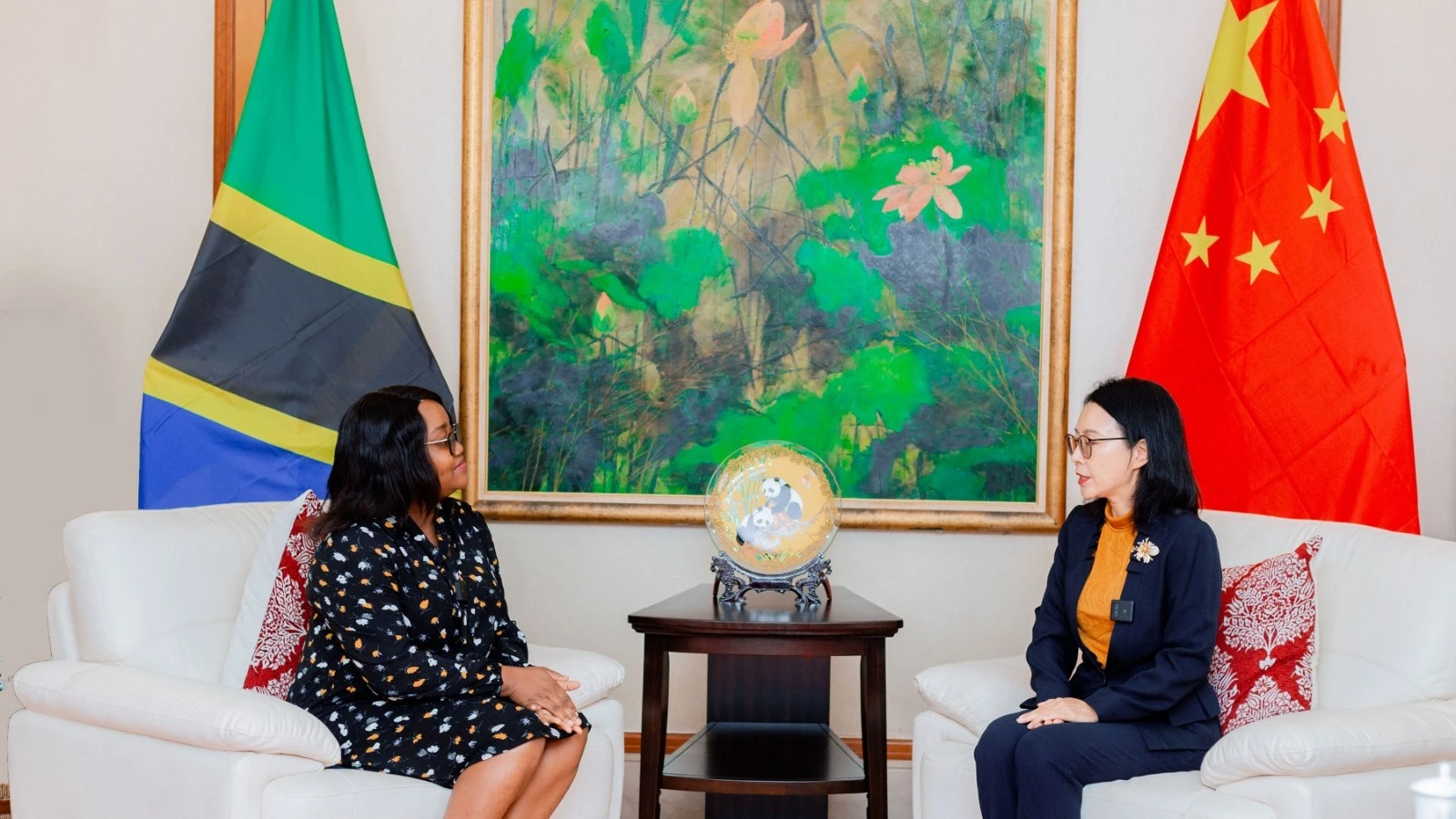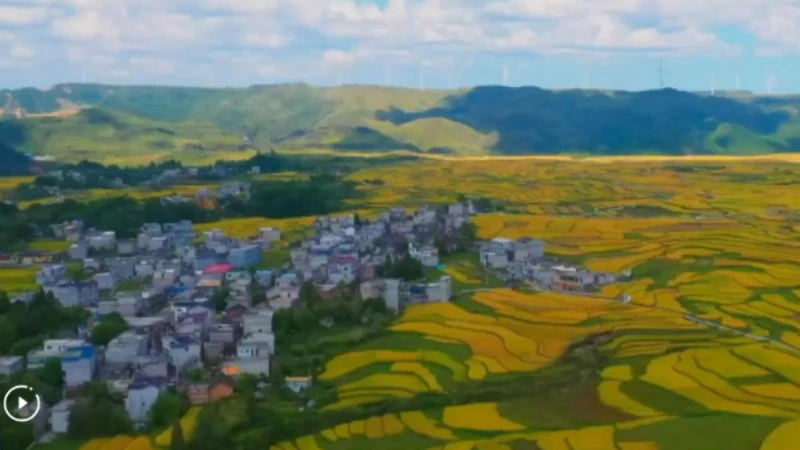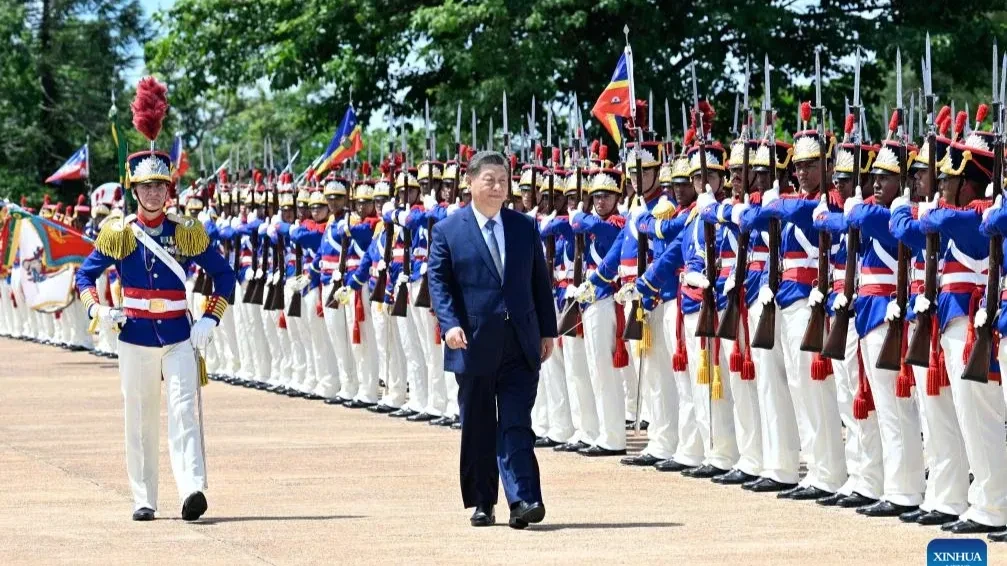Samia’s 11trn/- investment in Kigoma to transform region into a hub of growth
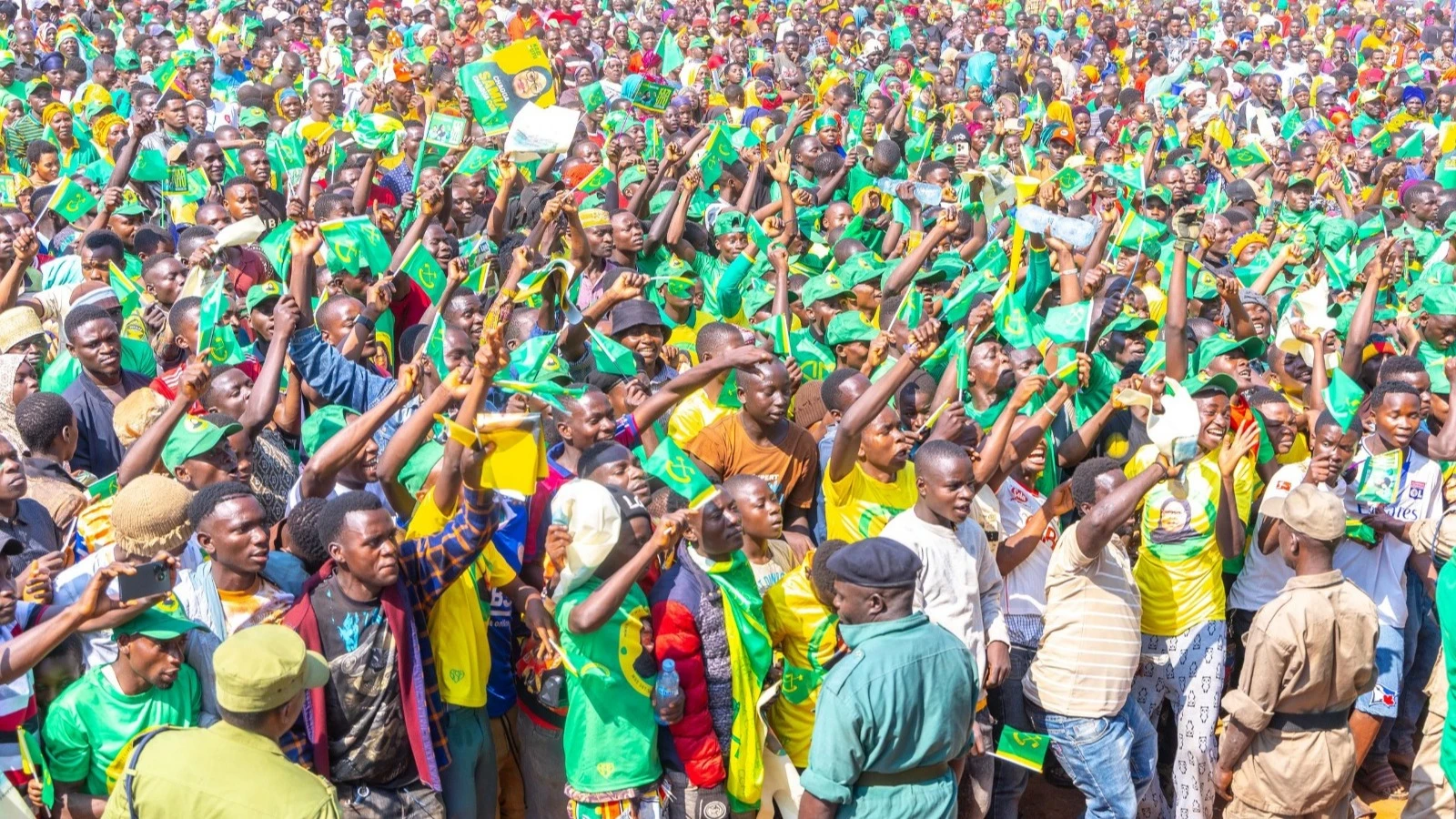
WHEN Samia Suluhu Hassan, the CCM presidential candidate, arrived in Kigoma Region this week, she carried with her not just the energy of a political campaign but also the weight of a major record of delivery in various sectors.
Kigoma, a region famed for its palm oil, fisheries along Lake Tanganyika and its strategic cross-border trade position, is 9th region in campaign trail after a string of success rallies in other areas. Yet what made her entry particularly striking was the sheer scale of government investments she could point to.
In four years of her leadership, Kigoma has received more than 11trn/- in development projects, positioning it among the regions with the largest government investment in modern Tanzania. From transport infrastructure to higher education, from healthcare to energy, the region has been transformed in ways many residents say they had not imagined a decade ago.
More than 400 kilometres of tarmac trunk roads have been constructed and upgraded, linking remote parts of the region to markets and services. Travel that once took hours on dusty, bumpy paths is now faster and smoother, unlocking opportunities for small traders and transport operators.
Jackson Elias, a boda boda rider in Kasulu District, said the new roads had doubled his income. “We now carry more passengers because villages are connected. People no longer feel cut off,” he explained with pride.
Along the shores of Lake Tanganyika, ports and vessels have come back to life. Lagosa and Kibirizi ports are undergoing major rehabilitation, and new cargo and passenger ships are under construction. The historic MV Liemba, which had served the region for generations, is being refurbished alongside the MV Sangara. For fish traders like Fatuma Msemwa, the revival of lake transport means survival. “With the new vessels, fishing will no longer be a struggle. We can reach larger markets on time and with less loss,” she said.
Kigoma is also on track to become a transport hub of national and regional significance with the ongoing construction of the Tabora to Kigoma Standard Gauge Railway line and a new central station in Kigoma town. The expansion of Kigoma Airport into what will soon be called Gombe Mahale International Airport adds to the transformation, opening doors for both tourism and trade.
Healthcare and education have equally received a powerful boost. The Western Zone Referral Hospital is taking shape, promising specialised medical services that will save residents from travelling long distances for advanced care. Higher learning institutions are being established, including a new campus of the Muhimbili University of Health and Allied Sciences, a branch of the Tanzania Institute of Accountancy, and a specialised IT excellence centre in Buhigwe. For students like Mary Joseph, the changes are personal. “I no longer have to go far away for university. Opportunities have come to us, and this is hope for Kigoma’s youth,” she said.
Power supply is another critical pillar. The Malagarasi Hydropower Project is set to boost electricity generation in the region, complemented by a four hundred kilovolt transmission line from Nyakanazi to Kidahwe. These projects are expected to stabilise supply and create a foundation for industries. Already, new factories are in the pipeline, including a cement plant by Tanzania Cement Company Limited and cotton and sugar factories in Kasulu. The government has also invested more than 429vn/- in water projects, which are already changing lives across villages.
Samia presented the achievements not merely as a record of what her administration has done but as a campaign message of what continuity can achieve. “Kigoma is no longer a forgotten frontier. We are turning it into a centre of prosperity not just for its people but for the whole nation,” she said.
But her promises extend far beyond Kigoma. In every region she has passed, she has laid out a vision for the next five years. In Tabora, she pledged to increase support for commercial crops such as tobacco and cotton, promising to continue subsidising fertilisers and inputs while working to secure reliable export markets abroad. Il
In Dodoma, she emphasised investment in early childhood education, ensuring modern classrooms and proper furniture nationwide. She also committed to strengthen healthcare services to match Dodoma’s growing role as the political capital.
In Morogoro, her focus was on fast-tracking irrigation schemes and agro-processing factories, positioning the region as a food security anchor. In the southern highlands of Njombe, Mbeya and Iringa, her pledges centred on boosting road networks, supporting coffee and tea farmers with global market access, and rolling out renewable energy solutions. In Singida and Songwe, she underlined the completion of transmission lines and new renewable energy projects, particularly in wind and solar power, to diversify Tanzania’s energy mix.
Her message across the regions has been simple but powerful. The work already delivered is proof of capacity, and the promises made for the next five years are extensions of that proven record. Her campaign slogan, Kazi Iendelee, resonates in this context as she positions herself as a leader of continuity, stability and progressive expansion.
Residents across different regions have echoed their appreciation. Anna Richard, a Form Four student in Dodoma, said new classrooms and desks had changed her siblings’ learning environment. “They no longer sit on the floor. The government is showing it cares for education,” she said.
For many, the focus on both social services and large infrastructure paints a picture of balanced development. Kigoma may stand as the flagship example with Sh11 trillion worth of investments, but the broader national agenda shows a strategy to lift every region.
As the campaign trail advances, Samia has framed her vision not only as a continuation of ongoing projects but also as a blueprint for transforming Tanzania into a modern, competitive economy. She has pledged to expand industrialisation, ensure reliable energy, empower women and youth in business, and invest in digital transformation as key drivers of the next phase of prosperity.
Top Headlines
© 2025 IPPMEDIA.COM. ALL RIGHTS RESERVED



